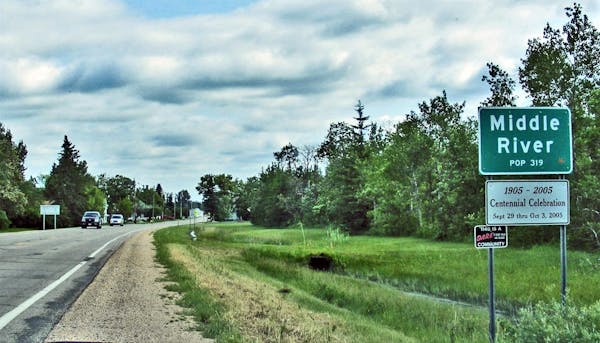We have had some bitter cold days in January. Among the close to a dozen bird species visiting our wildlife feeding station this winter are black-capped chickadees, the agile, seemingly cheerful, 5-inch long birds, each weighing close to 20 grams.
Yes, it would take 37 of these wisps of life together to weigh one pound. One early morning the air temperature was minus-22 degrees here on the shore of Lake Waconia, the sun had just risen into a clear sky, and as I began filling the feeders and scattering seeds on the ground, a chickadee with its black cap and bib was calling "chick-a-dee-dee-dee" as it flew in for food. Other chickadees plus dark-eyed juncos, white-breasted nuthatches, blue jays, and downy woodpeckers already were there having breakfast.
Black-capped chickadees are found throughout Minnesota and well into Canada and Alaska. These and other winter birds have a greater resistance to cold than most mammals and have many adaptations to help them deal with heat loss. Without these adjustments to environmental conditions, the chickadee, with a core of its tiny body less than an inch from the outside air, would freeze solid almost immediately.
Sometimes chickadees shiver. Shivering allows them to make short-term adjustments to cold. It's the main way they increase their heat production. Shivering converts muscular energy into heat, but this used energy must soon be replaced through eating. They eat a diet of seeds, berries, insects, and other small animals. At feeders they like sunflower seeds and parts, suet and peanut butter.
When in a tree cavity or thick vegetation at night, a chickadee's body temperature can drop 20 degrees from the normal 107 degrees to save energy. Heat loss in birds is diminished greatly by their feathers, which encircle and insulate them with confined air. Birds also have tendinous lower legs and feet rather than the exposed flesh that mammals have. Their bills are made of horn, not skin, and also give up little heat. They have no projecting fleshy ears or tails that also shed heat.
A way to interact with these small curious chickadees is to feed them from your hand. Put some sunflower seeds in an outstretched palm, while standing close to your feeder. It will take time and patience but after a few tries one might fly in and pick up a sunflower seed.
Other observations:
- Some birds adapt to the cold, others migrate, but all frogs must hibernate to make it through the winter. The land hibernating frogs (wood frogs, chorus frogs, spring peepers, and gray tree frogs) lay frozen, often under a covering of tree leaves, but they will survive.
- For us, dress in layers so you can enjoy this crisp time of the year. Go outside when you can to feel the crunch of snow, look for animals tracks, and listen for quiet sounds.
- Remember, our daylight time increases by nearly an hour during the month of January, and we often have a warm period — the January thaw — marked by melting temperatures, sunshine, and southwesterly winds.
Jim Gilbert has taught and worked as a naturalist for more than 50 years.






